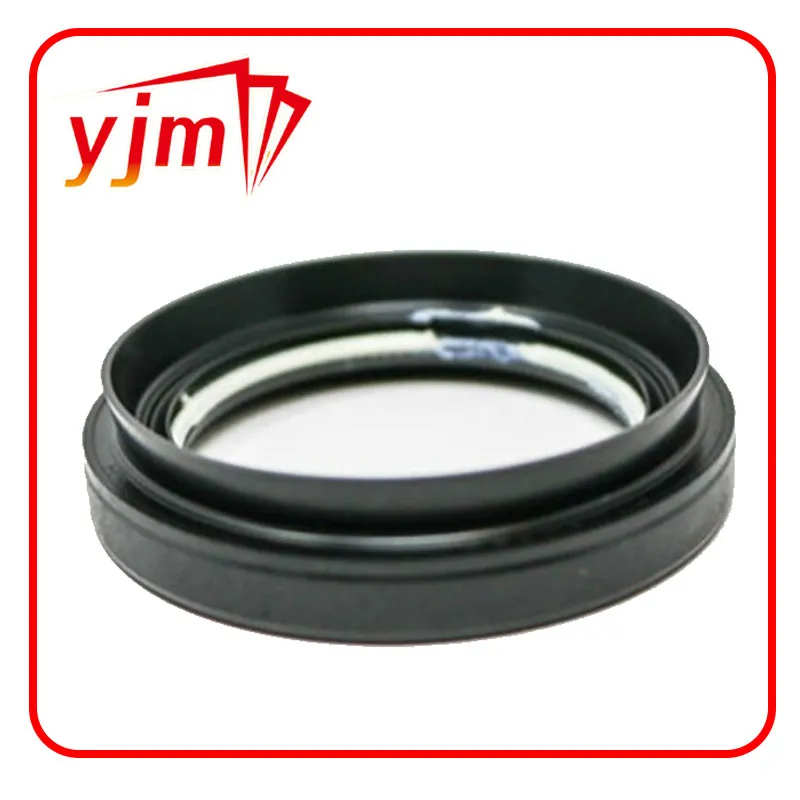Left Side Axle Seal Replacement and Maintenance Guide for Vehicles
Importance of the Left Axle Seal in Vehicle Maintenance
The left axle seal is an essential component in the overall functioning of a vehicle's drivetrain system. It plays a crucial role in preventing leaks, ensuring the longevity of various parts, and maintaining optimum performance of the vehicle. Understanding its function and importance can help car owners ensure their vehicles run smoothly.
What is an Axle Seal?
An axle seal is a circular gasket or seal located at the junction where the axle shaft enters the differential or transmission housing. It is designed to keep lubricant contained within the drivetrain components while preventing contaminants from entering. The left axle seal specifically refers to the seal on the left side of the vehicle.
Functions of the Left Axle Seal
1. Preventing Fluid Leaks One of the primary functions of the axle seal is to prevent differential or transmission fluid from leaking out. The sealed environment is crucial for maintaining the appropriate fluid levels necessary for the lubrication of gears and components. A compromised left axle seal can lead to significant fluid loss, which may ultimately result in overheating and damage to the differential or transmission.
2. Keeping Contaminants Out The axle seal also plays a vital role in keeping dirt, water, and debris from entering the axle assembly. Contaminants can cause wear and tear on the internal parts of the differential, leading to premature failure. By maintaining a tight seal, the left axle seal helps in prolonging the lifespan of these critical components.
3. Supporting Vehicle Performance The efficacy of the left axle seal directly influences the vehicle's performance. A properly functioning axle seal ensures that the lubricant circulates efficiently, allowing for smoother operation of the drivetrain. Any issues with the seal can lead to increased friction and wear, resulting in compromised performance and fuel efficiency.
left axle seal

Signs of a Failing Left Axle Seal
Being proactive about vehicle maintenance can save car owners from costly repairs. Here are a few signs that may indicate a failing left axle seal
- Fluid Leaks The most obvious sign of a problem is the presence of fluid leaks under the vehicle. If you notice a puddle of fluid, it could be differential or transmission fluid leaking from a faulty axle seal. - Unusual Noises If grinding or whining noises are heard when driving, it may indicate a lack of lubrication in the axle assembly due to a failing seal. These sounds often suggest that internal components are not operating optimally. - Visual Inspection A visual inspection of the left axle seal can help detect issues. If you see signs of fluid around the axle housing, it may signal that the seal has deteriorated or is damaged.
Replacing the Left Axle Seal
If a left axle seal is found to be leaking or compromised, it is crucial to replace it as soon as possible. The replacement process typically involves
1. Lifting the Vehicle Safely raising the vehicle to access the axle. 2. Removing the Wheel Taking off the affected wheel to gain access to the axle components. 3. Removing the Axle Shaft Detaching the axle shaft to expose the axle seal. 4. Replacing the Seal Removing the old seal and installing a new one, ensuring it is seated correctly to avoid future leaks. 5. Reassembling Reattaching the axle shaft, wheel, and lowering the vehicle.
Conclusion
The left axle seal, though it may seem like a small component, plays a vital role in the overall performance and longevity of a vehicle. Regular inspections and prompt replacements can prevent major mechanical failures and costly repairs, ensuring that the vehicle operates efficiently and safely. Understanding the importance of this component empowers car owners to perform diligent maintenance, thus extending the life of their vehicles and enhancing their driving experience.
-
Simplifying Oil Changes: A Comprehensive Guide to Oil Drain Plugs and Their Variants
News Aug.04,2025
-
Mastering Oil Drain Maintenance: Solutions for Stripped, Worn, and Upgraded Oil Plugs
News Aug.04,2025
-
Fixing Oil Pan Plug Issues: Leaks, Stripped Nuts, and the Right Replacement Solutions
News Aug.04,2025
-
Everything You Need to Know About Oil Drain Plugs: Sizes, Fixes, and Upgrades
News Aug.04,2025
-
Choosing the Right Oil Drain Plug: A Guide to Sizes, Materials, and Drain Innovations
News Aug.04,2025
-
A Complete Guide to Automotive Drain Plugs: Types, Problems, and Innovative Solutions
News Aug.04,2025
-
The Ultimate Guide to Car Repair Kits: Tools and Essentials Every Driver Should Own
News Aug.01,2025
Products categories















